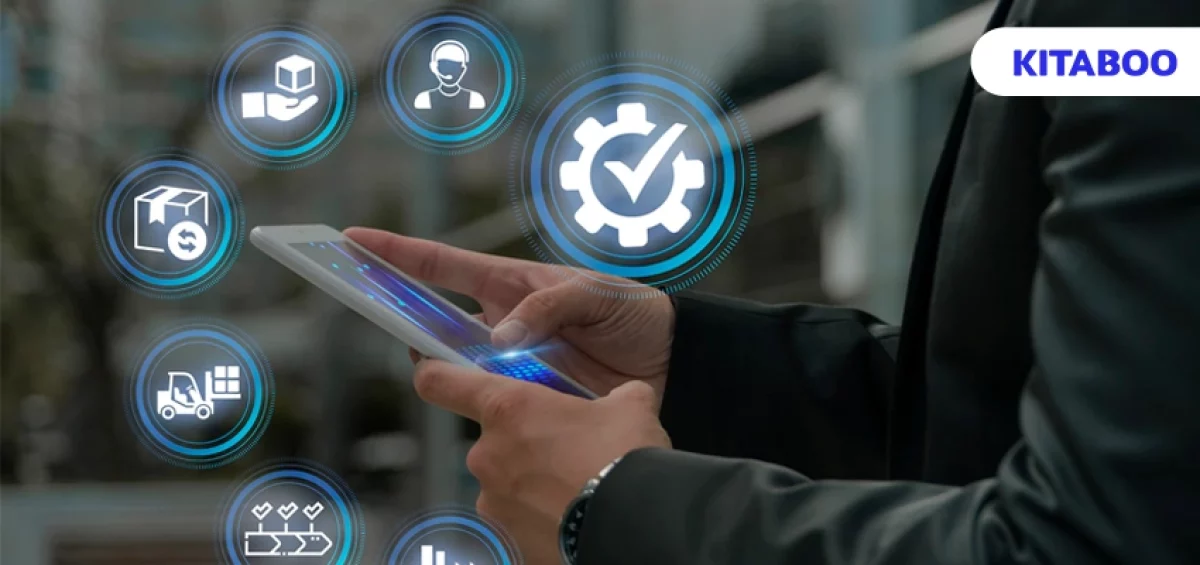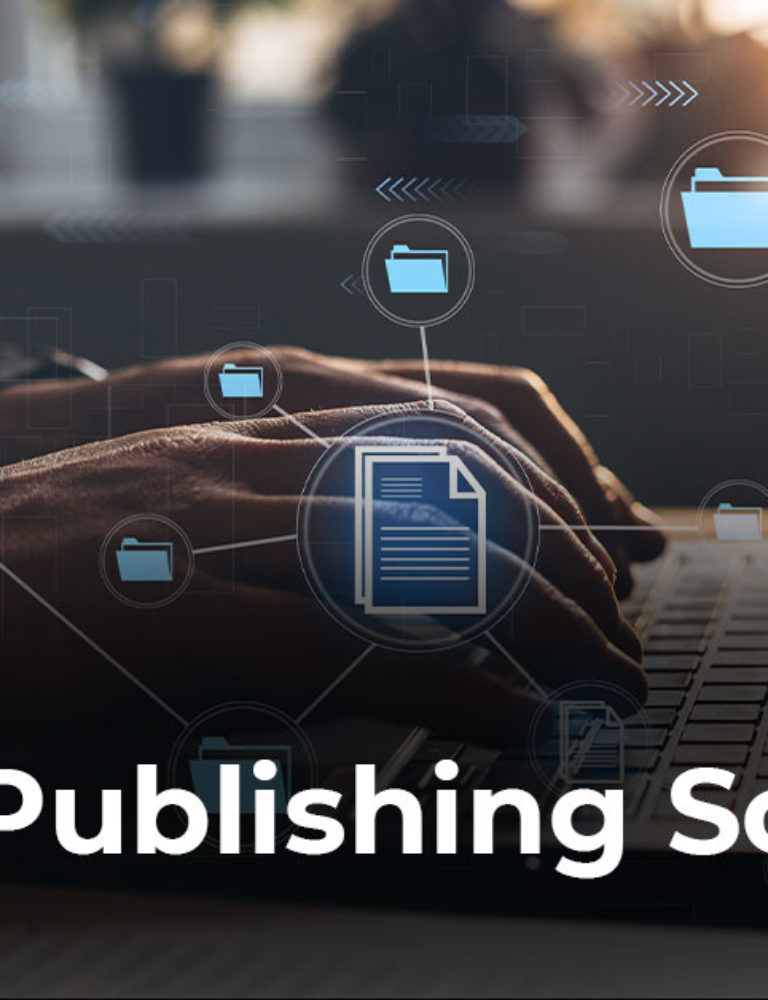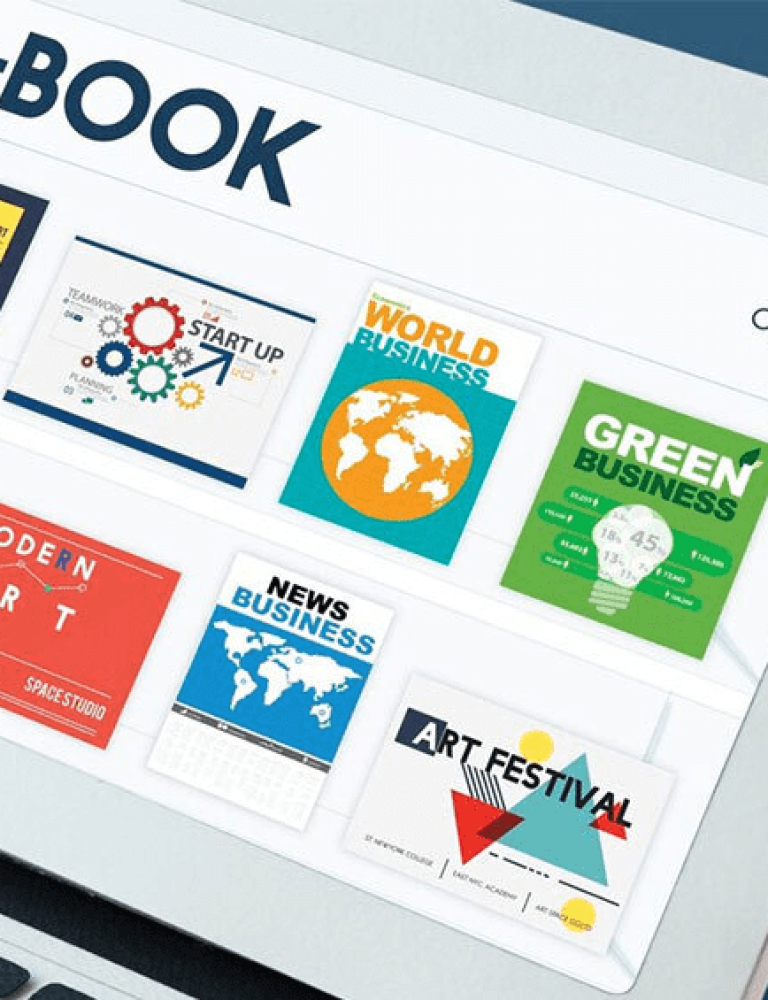Online education has unleashed flexibility like never before. Gone are the days of rigid classrooms and inflexible schedules. Complex concepts now unravel in the comfort of your own cozy corner, at your own preferred pace, and in a way that speaks to your unique learning style. There’s no need to be available at a specific address or follow a textbook that doesn’t resonate with their learning needs. This, in return, has massively amplified learning engagement and efficiency.
But online education has some cons, too. At their forefront stands the problem of inchoate accessibility.
As per a 2023 report, four out of five students use multiple devices for learning – usually a smartphone and a laptop. However, there’s still a huge fraction of institutions whose infrastructure isn’t optimized to accommodate multi-device content distribution.
In this blog, we’ll explore each aspect of multi-device accessibility and distribution to understand why it’s relevant in higher education and how you can utilize it.
Let’s start!
Table of Contents:
I. What is Multi-Device Accessibility in Digital Educational Content?
II. Advantages of Multi-Device Accessibility in Higher Education
- Enhances Learning Flexibility
- Fosters Efficient Device Transition
- Adapts to Different Learning Styles
- Increases Student Engagement
III. How to Harness Multi-Device Accessibility for Effective Content Distribution?
- Pick a Responsive LMS
- Craft Multi-Device Accessible Courses
- Implement Smart Virtual Simulations
- Offer Offline Content Access
- Create Podcasts and Audiobooks
IV. Wrapping Up
What is Multi-Device Accessibility in Digital Educational Content?
Online education entails the utilization of digital learning resources like eBooks to impart knowledge. These study materials are called digital learning resources, and they are created with the help of digital textbook platforms like KITABOO.
These resources can only be accessed with the help of a digital device, i.e., laptops, smartphones, computers, etc.
However, most are only compatible with running on a single device.
So, the digital learning resources that can be accessed and run on a variety of digital devices are said to possess multi-device accessibility.
In essence, multi-device accessibility refers to the quality of an online learning material to be used across an array of diverse platforms.
CEOs and founders find this concept of multi-device accessibility crucial in the realm of digital educational content as it addresses the diverse needs and preferences of learners who may access the content from different devices.
Advantages of Multi-Device Accessibility in Higher Education
In online higher educational pedagogies, implementing content and learning resources with multi-device accessibility can prove to confer multiple benefits.
To give you an idea, here are some of its most common advantages:
Enhances Learning Flexibility
According to a recent study, it was found that as many as 57% of high school students are engaged in some or other extracurricular activity outside of school. This means more than half of the learners lack the luxury of being in front of their laptops all the time.
So, in such a scenario, offering content that’s adaptable to different mobile devices translates to opening the window for effective learning – anytime, anywhere.
Fosters Efficient Device Transition
Multi-device accessible educational content can be viewed on several diverse electronic devices, such as smartphones, laptops, PCs, and even smart televisions. This enables students to transition from one medium to another without any haphazard.
So, if there’s a sudden emergency, they can proceed with their curriculum without any obstruction.
Adapts to Different Learning Styles
Unlike traditional education, online learning offers various forms of flexibility to students. Of them, the independence of selecting their preferred learning medium is one. While some students feel comfortable using a laptop, others might find mobile devices like tablets or smartphones more suitable.
Now, digital educational content that’s rich in device accessibility ensures all of these preferences are accommodated to adapt to diverse learning styles efficiently.
Increases Student Engagement
Sometimes, students may not feel motivated to engage with a piece of educational content if it’s not conveniently accessible to them. This declines student engagement rate and gradually causes them to lose interest in learning. But, multi-device accessible content created with digital textbook platforms like KITABOO can prove to be an effective antidote for this.
Since such content is available across a range of devices, including mobile ones, students are more likely to engage with it.
How to Harness Multi-Device Accessibility for Effective Content Distribution?
Even if your educational content is multi-device accessible, it will be inefficacious if your distribution infrastructure is not correspondingly crafted to accommodate it.
Here’s what you can do as an institution to leverage the benefits of multi-device accessibility;
Pick a Responsive LMS
The Learning Management System (LMS) is the backbone of your higher educational teaching system. Thus, if you want to optimize the pros of multi-device accessibility and distribution, the first reformation must be made in your LMS. Introduce a responsive layout that enables content and resources to run on and adapt to different devices.
Craft Multi-Device Accessible Courses
Next up, it’s time to restructure the content. Most higher educational content has limited accessibility and is mainly compatible with immobile devices like PCs only. So, for enhanced multi-device accessibility and distribution, focus on creating educational content that is mobile-friendly. This includes courses, curriculums, study materials, notes, presentations – everything.
Implement Smart Virtual Simulations
In 2022, as many as 40% of students preferred virtual simulations over traditional learning methods. This growing inclination towards virtual simulations emphasizes how it’s essential to implement multi-device accessibility and distribution in this learning method as well. So, opt for smart virtual labs and simulations that are compatible with all kinds of digital devices.
Offer Offline Content Access
Multi-device accessibility and distribution are not limited to devices aloof. To expand the scope of your higher educational content, making it available on different devices is just a stepping stone. To further expand it, make sure you’re offering the content not just across digital devices but also offline.
Create Podcasts and Audiobooks
For higher education students with limited availability, creating educational content and disbursing it via sources like podcasts and audiobooks is another great option to foster multi-device accessibility and distribution. This ensures students are able to avail the content wherever they are without any roadblocks.
Wrapping Up
Multi-device accessibility and distribution are not a luxury. In today’s higher educational landscape – where students are constantly engaged in multiple activities at once – they have become a necessity to foster constant learning.
So, if for a higher educational institution, optimize multi-device accessibility and make learning more effective. You can leverage the advantages of a top-rated digital textbook platform like KITABOO. It enables institutions and educators to create and publish interactive, multi-device accessible educational products like eBooks and digital textbooks in a flash!
Write to us at KITABOO@hurix.com for more details!
Discover How An Ebook Conversion, Publishing & Distribution Platform Can Help You
Kitaboo is a cloud-based content platform to create-publish & securely distribute interactive mobile-ready ebooks.
You May Also Like








